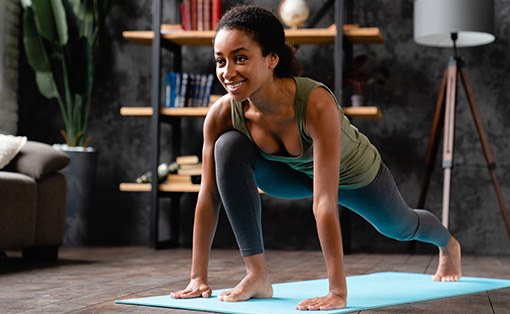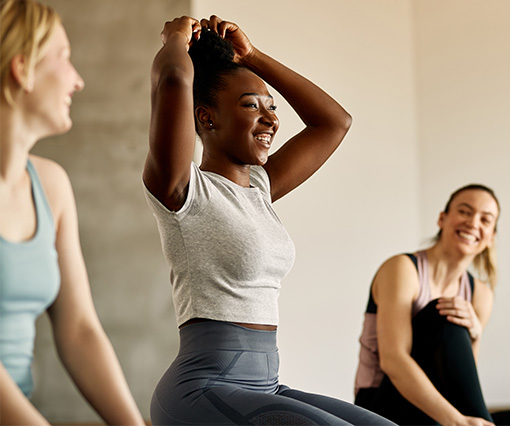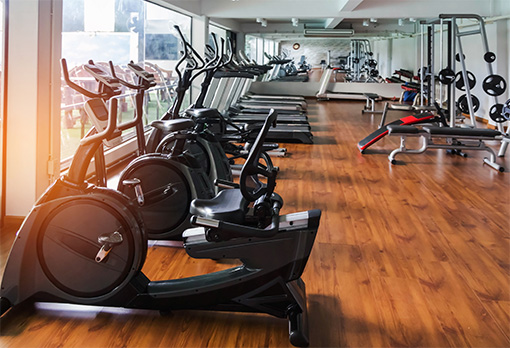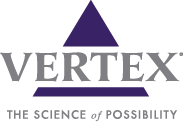Picking the Best Workout for You
by Colin Butler
Vertex Education Ambassador
Be honest about your starting point.
Understand your own goals.
“The man who chases two rabbits catches neither.”
A lot of people have their own list of goals they want to accomplish without knowing that those goals can be conflicting with each other. As an example, let’s say someone has two goals: one is to build 15lbs of muscle mass and the second is to run a marathon. The problem isn’t that you can’t do both of them, the problem is that in order to build muscle, you need an excess of calories. However, if you train for a marathon, you’ll burn those calories. Those goals, while they can be attainable at the same time, will also be counteracting each other.
There needs to be some give and take with how you chase your goals. It’s completely normal to have a primary goal and then goals you can reach eventually. It’s also common to change your goals to keep exercise fresh and exciting. I don’t recommend changing your goals every few weeks, but every 6 months or so would be a good place to start.

How many days a week can you realistically commit to exercise forever?
What tends to happen when someone starts getting into exercise is that they are bursting at the seams with excitement and motivation, and they’ll exercise 5-7 times a week. What happens next is that this goes on for a few weeks or even a month and then they start to drop off becoming more inconsistent until they stop altogether.
Instead of asking how many times you can exercise a week, ask how many times do you think you can exercise every week for the rest of your life? That number is going to be a lot lower, but also a lot more sustainable. Start small and add days as you can fit them into your new routine.

Know how much time you can dedicate to exercise when you do it.
People tend to think that if you don’t have much time to exercise, it needs to be as intense as possible. When you’re looking at long-term success and sustainability to exercise, it’s best not to look at going as intensely as possible or trying to fit an hour-long workout into 30 minutes. Instead, focus on what I call the “big rocks” of your exercise. In resistance training, these are the compound movements – movements that hit multiple muscle groups in one exercise so, you can hit every muscle you want but in a fraction of the time.
These are going to be squats, lunges, hinges, pushes, pulls, carrying things, and core exercises. If you can hit a lower body movement, a push, and a pull in one workout, you’re doing a great job. Another thing to try if you need a quick but effective workout is to pick one upper body and one lower body exercise and focus on those for 15 minutes each. This is great for improving your movement technique as well, which decreases your risk of injury.
Does the workout make you feel motivated when you’re done?
What if I told you that your workouts shouldn’t make you feel like you went 9 rounds with Mike Tyson every time you exercise? Early on, workouts that make you feel like you got put through the wringer can be fun. They’re challenging, you get a release of endorphins similar to a runner’s high, and you feel like you’ve accomplished a lot because of it.
The problem is that this only lasts for so long until you start to feel tired or sore all the time, your sleep quality suffers, as does your mood, and now you don’t want to exercise at all because you dread it.
A much more sustainable, and enjoyable, approach is to start by choosing a form of exercise you enjoy. Even if you push yourself a little too hard, at the very least you’ll probably continue to have fun when you do it, which is important for long-term success.

What equipment can you use?
Your exercise plan can only be designed with the equipment you have around you. If your goal is to compete in a bike marathon, but you don’t have a bicycle to ride, it makes achieving that goal pretty difficult. Likewise, trying to get stronger without some sort of external or physical resistance is pretty difficult to do. You can get some really good work done with your bodyweight early on, but eventually you’ll need to increase the amount of resistance if you want to continue building your strength.
The easiest way to get access to equipment is to get a gym membership. Commercial gyms tend to be pretty inexpensive, maxing out around $30 a month for all of the bells and whistles, while boutique gyms can cost over $100 a month for access.

However, if you’re just starting out and want to start lifting weights, the best bang for your buck is to get some bands. They’re relatively inexpensive, extremely versatile, don’t take up much room where you live, and you can take them with you if you go on vacation to stay consistent. If you need ideas on how to use household items to get started, you can see some of the other content at (website).
At the end of the day, what matters the most is picking a form of exercise you enjoy and can do consistently for the rest of your life. It doesn’t matter if someone else got great results from a different kind of exercise if you dislike it. Pick something that you can easily fit into your normal day-to-day schedule, have the equipment for it, and you feel like you’re having fun at the beginning, middle, and end of it. If you follow these steps, you’re going to see progress towards your goals not for a month or a year, but for five years and longer.

